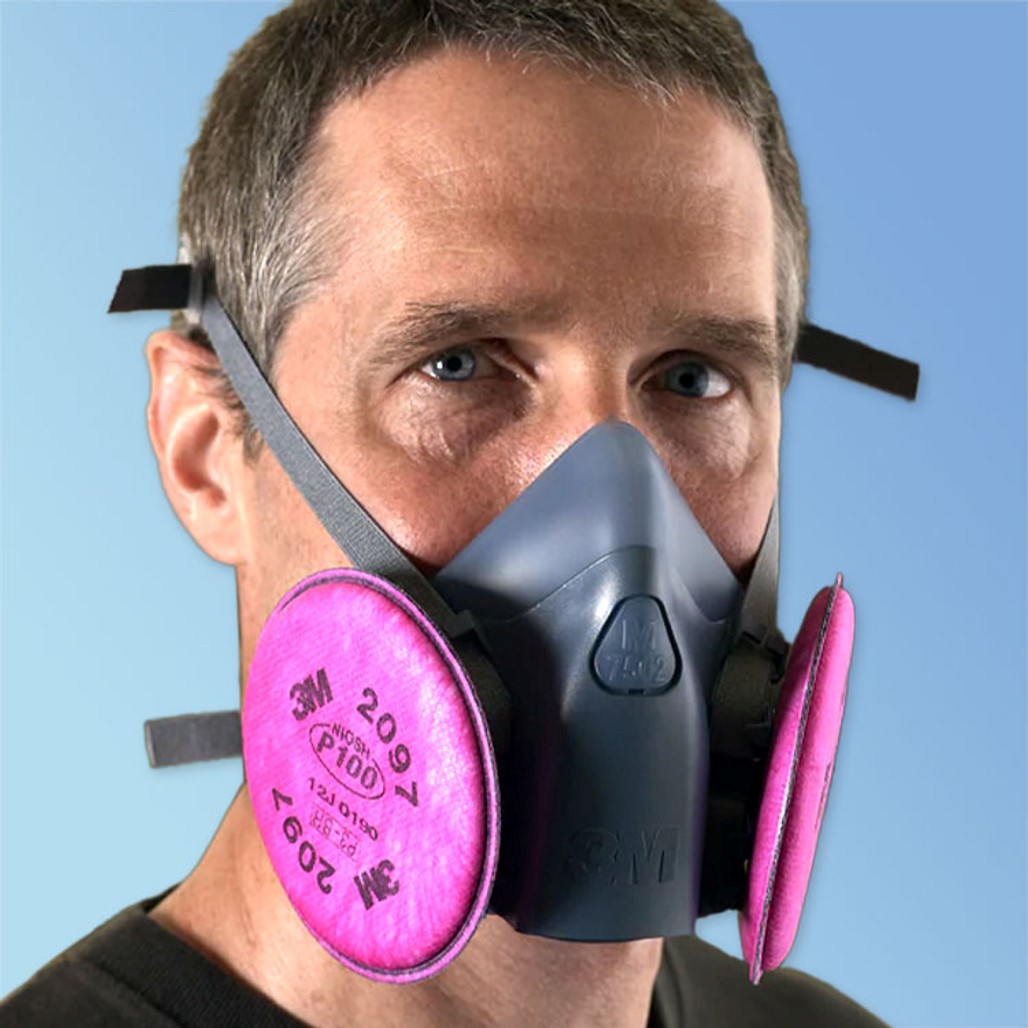Respirator Mask Fit Testing Regulations in Ontario Workplaces: OHSA Compliance
Respirator masks are a crucial element in protecting workers from harmful airborne contaminants and ensuring their safety in various industrial and healthcare settings. However, simply providing respirators is not enough; they must fit properly to be effective. To ensure respirators fit securely and provide adequate protection, Ontario workplaces are required to conduct respirator mask fit testing in compliance with the Occupational Health and Safety Act (OHSA) and related regulations. In this article, we will explore the regulations governing respirator mask fit testing in Ontario workplaces and why compliance with these regulations is essential for worker safety.
The Importance of Respirator Mask Fit Testing
Respirator masks are essential personal protective equipment (PPE) in many workplaces, especially those where employees are exposed to airborne hazards, such as dust, chemicals, gases, or infectious agents. The proper fit of a respirator is crucial for its effectiveness in providing protection against these hazards. Fit testing ensures that respirators create a secure seal around the wearer’s face, preventing contaminants from entering through gaps or leaks.
The consequences of improperly fitting respirators can be severe, including:
- Increased Risk of Exposure: An ill-fitting respirator may allow harmful particles or gases to bypass the mask’s filtration system, exposing the wearer to health risks.
- Respiratory Health Issues: Prolonged exposure to contaminants due to a poorly fitting respirator can lead to respiratory illnesses, including lung infections, allergies, and more severe conditions like occupational lung diseases.
- Wasted Resources: Providing ill-fitting respirators wastes resources, both in terms of PPE costs and the time spent on replacing or adjusting masks.
- Legal and Regulatory Consequences: Failure to comply with respirator fit testing requirements can result in legal consequences, including fines, penalties, and legal liabilities for employers.
- Reduced Worker Confidence: Workers may lose confidence in the safety measures provided by their employers if they perceive that their respirators are ineffective due to poor fit.
Regulations for Respirator Mask Fit Testing in Ontario
To ensure proper respirator mask fit and worker safety, Ontario workplaces are bound by a set of regulations and guidelines. These regulations fall under the Occupational Health and Safety Act (OHSA) and are enforced by the Ministry of Labour, Training, and Skills Development. Key aspects of these regulations include:
- Fit Testing Requirements:
OHSA and its associated regulations require that employers conduct fit testing for all workers who are required to wear respirators in their job tasks. Fit testing should be performed before a worker starts using a respirator and should be repeated at least annually or whenever there are changes in a worker’s facial characteristics that could affect the fit.
- Authorized Fit Testers:
Fit testing must be performed by qualified individuals who have been trained and authorized to conduct the tests. Authorized fit testers should be knowledgeable about the specific type of respirator being used and the fit testing method employed.
- Fit Testing Methods:
Ontario workplaces have options when it comes to fit testing methods, including qualitative and quantitative methods:
a. Qualitative Fit Testing: This method relies on the wearer’s sense of taste, smell, or irritation to detect leakage around the respirator. Common qualitative fit testing methods include the Bitrex, Saccharin, and Irritant Smoke tests.
b. Quantitative Fit Testing: Quantitative fit testing uses specialized equipment to measure the concentration of particles inside and outside the respirator mask. Popular quantitative methods include the PortaCount and Controlled Negative Pressure (CNP) methods.
- Record Keeping:
Employers are required to maintain records of fit testing results for each worker, including the type of respirator used, the testing method employed, and the fit testing date. These records should be kept for at least three years.
- Training and Education:
Workers must be adequately trained on the importance of proper respirator use and fit testing procedures. They should understand how to don and doff respirators correctly and recognize the signs of an inadequate fit.
- Respirator Selection:
Employers are responsible for selecting the appropriate respirator for the specific job task and the contaminants present. Fit testing should be conducted with the same make, model, style, and size of respirator that the worker will use on the job.
- Regular Maintenance and Inspection:
Respirators must be regularly maintained and inspected to ensure they are in good working condition. Workers should be trained to inspect their respirators before each use.
- Medical Evaluations:
Before fit testing, workers must undergo a medical evaluation to determine if they are physically fit to wear a respirator. This evaluation ensures that wearing a respirator does not pose any health risks to the individual.
Why Compliance with Respirator Mask Fit Testing Regulations is Essential
Compliance with respirator mask fit testing regulations is crucial for several compelling reasons:
- Worker Health and Safety:
The primary objective of respirator mask fit testing is to protect workers from exposure to hazardous airborne contaminants. Compliance with these regulations ensures that workers have the best possible protection against these risks.
- Legal and Regulatory Compliance:
Failure to comply with OHSA and respirator fit testing requirements can result in legal consequences for employers, including fines and penalties.
- Reduced Health Care Costs:
Properly fitting respirators can reduce the incidence of occupational illnesses and injuries, leading to reduced health care costs for both employers and workers.
- Enhanced Worker Confidence:
Workers who are confident in the effectiveness of their respirators are more likely to feel safe and secure in their workplace, leading to improved morale and productivity.
- Reduced Turnover and Absenteeism:
A safe and healthy work environment with effective respiratory protection can help retain skilled workers and reduce absenteeism due to illness.
- Mitigation of Liability:
Compliance with fit testing regulations can help protect employers from potential legal liabilities in the event of accidents or health issues related to respirator use.
Respirator mask fit testing is an integral component of occupational health and safety in Ontario workplaces. It is not only a legal requirement under the Occupational Health and Safety Act (OHSA) but also a fundamental measure to protect workers from the health risks associated with airborne contaminants. Employers must invest in fit testing programs, authorized fit testers, and the necessary equipment to ensure that respirators fit securely and effectively. By doing so, they not only comply with OHSA but also demonstrate a commitment to the well-being of their workers and the creation of a safer work environment in Ontario.
Click here for more information on Respirator Mask Fit Testing sessions.
Click here for OHSA requirements for Respirator Mask Fit Testing.


